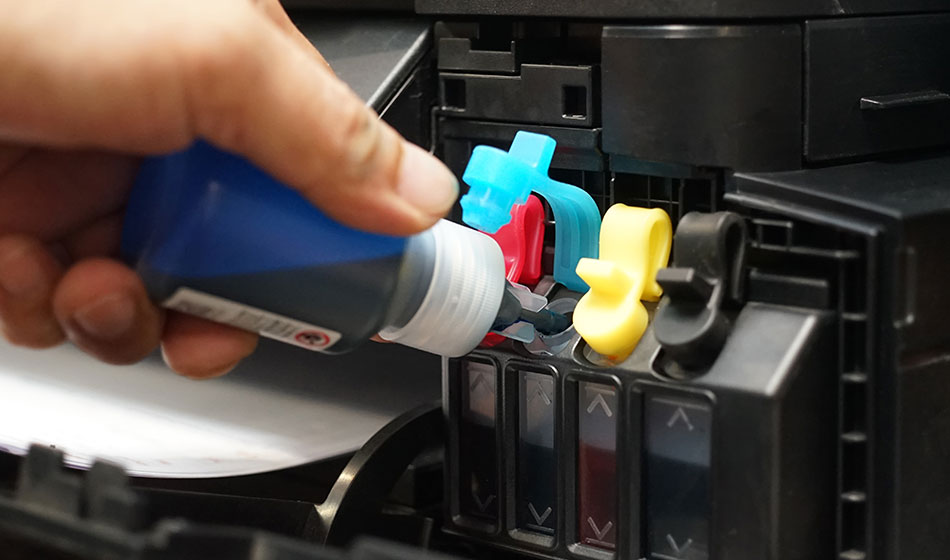
How dangerous is printer ink? Let us be real here: when you think about printer ink, health and safety are probably not high on your list of priorities. The first among these is their monetary value, followed by their accessibility, print yields, and ultimately, their marketability.
Some of us may still be curious, though: is printer ink toxic?
It is true that most ink and toner products are manufactured in accordance with stringent industry standards and safety norms. Although most inks and toners are safe for use, the chemicals in specific brands and models might vary widely. Join us to debunk the myth about printer ink.
What is the Content of Printer Ink?
Where does printer ink come from? Most printer inks consist of water, ethylene glycol, and alcohol.
Furthermore, inks get their color from dyes and pigments. While printer ink’s components are not dangerous on their own, swallowing it can make you unwell.
Is It Safe to Ingest Printer Ink?
What are the results of ingesting ink? Could you consume ink? Is it true that printer ink can cause poisoning?
If you accidentally ingested printer ink, the World Health Organization advises you to drink plenty of water. For humans specifically, the toxicity of printer ink is quite minimal. While printer ink’s chemicals are approximately as safe as dish soap, it is still not a good idea to ingest it.
Can Printer Ink Harm Pets?
Above, we covered the danger of printer ink for humans, but what about our furry friends? Can printer ink be harmful to pets?
Ethylene glycol has a sweet flavor and may be tempting to pets like dogs and cats, but it is extremely toxic to them.
According to online data, even low concentrations of ethylene glycol can be lethal to canines and felines. One teaspoon of ethylene glycol is lethal to a 7-pound cat, according to the Humane Society of the United States.
Get your pet to the vet ASAP if you suspect they ingested printer ink.
What About Toner?
Most offices utilize laser printers which do not require liquid ink. Instead, they use a fine powder called toner, which is melted onto the paper and then used to create the image.
Large amounts of toner can be harmful because it contains toxic chemicals. At the quantities one is exposed to in a workplace, however, toner is universally accepted as harmless.
Cartridges for printers’ toners are generally safe as well. However, if they are damaged, harmful toxins may be released. Black toner is made from a carcinogenic substance called carbon black. Iron is also present in some toners in very minimal quantities.
Staying Safe
Caution should be exercised when working with printers, toner, and other components of printing ink.
It is safer to be cautious and wear gloves whenever you are dealing with toner or ink cartridges in the office. Inhaling carbon black can lead to health problems such as headaches, eye discomfort, persistent itching, and even tongue growths. There is a risk of mild to severe irritation if ink or toner comes into contact with the skin. So why risk it? A handy aid would be to have a box of disposable protective gloves in close proximity to the printer ink and toner.

